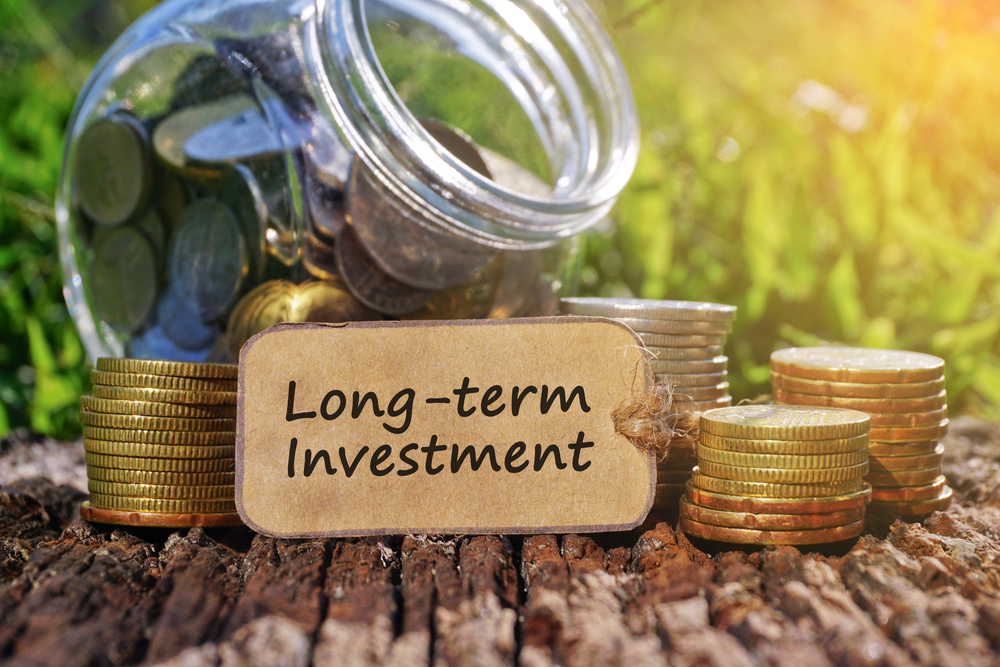Inflation is a critical economic concept that influences every aspect of our financial lives, especially when it comes to long-term savings. As prices rise over time, the purchasing power of your money diminishes, which can significantly impact your ability to save and invest for the future. This article explores the impact of inflation on your long-term savings and offers strategies to mitigate its effects, helping you secure a more stable financial future.
What is Inflation?
Inflation refers to the general increase in prices and the subsequent decrease in the purchasing power of money. It is measured using indices such as the Consumer Price Index (CPI), which tracks the prices of a basket of goods and services over time.
Types of Inflation
Understanding the different types of inflation can help you grasp its implications for your savings:
- Demand-Pull Inflation: This occurs when demand for goods and services exceeds supply. Factors such as increased consumer spending or government expenditure can drive demand-pull inflation.
- Cost-Push Inflation: This type arises when the costs of production increase, leading businesses to pass on those costs to consumers in the form of higher prices. Factors include rising wages and increased raw material costs.
- Built-In Inflation: This occurs when businesses increase wages to keep up with rising living costs, leading to a cycle of increasing wages and prices.
Measuring Inflation
Inflation is typically measured through indices that track price changes over time. The most common measures include:
- Consumer Price Index (CPI): This index measures changes in the price level of a basket of consumer goods and services, providing a general view of how prices are changing for everyday items.
- Producer Price Index (PPI): This index measures the average change over time in the selling prices received by domestic producers for their output. It can indicate future inflation trends based on production costs.
- Core Inflation: This measure excludes volatile items such as food and energy prices, providing a clearer picture of underlying inflation trends.
How Inflation Affects Your Long-Term Savings
Inflation erodes the value of your savings over time. Here are some key ways it impacts your long-term financial goals:
1. Reduced Purchasing Power
As inflation rises, the same amount of money buys fewer goods and services. For example, if you save $10,000 today and inflation averages 3% annually, that money will have the purchasing power of approximately $7,400 in 20 years. This erosion of value means that the savings you accumulate might not be enough to cover future expenses.
2. Impact on Interest Rates
Interest rates on savings accounts and fixed-income investments often do not keep pace with inflation. For instance, if you have a savings account that offers a 1% interest rate and inflation is at 3%, your real return is effectively negative. This disparity means that your savings are losing value over time rather than growing.
3. Effect on Retirement Planning
Inflation poses a significant threat to retirement planning. If you plan to retire in 20 or 30 years, you need to account for the rising cost of living. For instance, if you anticipate needing $50,000 per year in retirement, you must consider how inflation will increase that amount over time.
- Future Value Calculations: Using an inflation calculator, you can estimate how much your required retirement income will grow. If inflation averages 3% annually, your $50,000 today will need to be approximately $90,000 in 20 years to maintain the same purchasing power.
4. Impact on Investment Returns
Investments are also affected by inflation. While stocks and real estate can provide returns that outpace inflation, other investment vehicles, such as bonds and cash equivalents, might not offer sufficient growth. Failing to consider inflation in your investment strategy can jeopardize your long-term financial goals.
- Historical Performance: Historically, equities have outperformed inflation over long periods. On average, the stock market has provided annual returns of around 7% after adjusting for inflation. In contrast, bonds typically yield lower returns that may not keep pace with inflation.
5. Psychological Factors
Inflation can create a sense of urgency and anxiety among consumers. When people perceive that prices are rising quickly, they may be less likely to invest or save, opting instead for immediate consumption. This behavior can further exacerbate the effects of inflation as more money chases the same goods, driving prices even higher.
Strategies to Combat Inflation
While inflation poses challenges to your long-term savings, there are several strategies you can employ to mitigate its effects:
1. Invest in Assets that Outpace Inflation
One of the best ways to protect your savings from inflation is to invest in assets that historically provide returns above inflation rates. Here are some options:
- Stocks: Equities have historically outperformed inflation over the long term. Investing in a diversified portfolio of stocks can help grow your wealth and maintain purchasing power. Consider index funds or ETFs that track major stock indices, providing instant diversification.
- Real Estate: Real estate often appreciates over time, and rental income can increase with inflation, making it a good hedge against rising prices. Investing in real estate investment trusts (REITs) can also provide exposure to real estate without the need to manage physical properties.
- Commodities: Investments in commodities like gold and oil can help preserve value during inflationary periods, as their prices tend to rise when inflation increases. Consider adding commodities to your investment portfolio through ETFs or mutual funds that specialize in these assets.
2. Consider Inflation-Linked Bonds
Inflation-protected securities, such as Treasury Inflation-Protected Securities (TIPS) in the United States, are designed to protect investors from inflation. The principal value of TIPS increases with inflation, ensuring that your investment maintains its purchasing power.
- TIPS vs. Traditional Bonds: While traditional bonds may lose value during inflationary periods, TIPS adjust for inflation, providing a reliable income stream. However, they typically offer lower initial yields than traditional bonds.
3. Increase Your Savings Rate
To combat inflation, consider increasing your savings rate. By saving a larger percentage of your income, you can accumulate more capital over time, providing a buffer against rising prices. Look for ways to reduce discretionary spending and prioritize savings in your budget.
- Automate Savings: Set up automatic transfers to your savings or investment accounts to ensure you save consistently. Automating your savings can help you take advantage of dollar-cost averaging, especially in volatile markets.
4. Diversify Your Investments
Diversification is a key strategy for managing risk in your investment portfolio. By spreading your investments across various asset classes, you can reduce the impact of inflation on your overall portfolio. This approach allows you to take advantage of different market conditions and reduce exposure to any single asset’s performance.
- Asset Allocation: Consider creating a well-balanced portfolio that includes stocks, bonds, real estate, and alternative investments. Regularly review and adjust your asset allocation based on changing market conditions and your risk tolerance.
5. Regularly Review and Adjust Your Financial Plan
To effectively combat inflation, it’s crucial to regularly review and adjust your financial plan. Consider conducting an annual review of your savings, investments, and financial goals to ensure they align with current economic conditions and inflation rates. Make necessary adjustments to your budget, savings rate, and investment strategy to stay on track.
- Goal Setting: Set specific financial goals and timelines for achieving them. Regularly assess your progress and adjust your strategies as needed to stay on track.
The Importance of Education
Financial literacy plays a crucial role in understanding the impact of inflation on your long-term savings. By educating yourself about inflation, investment strategies, and financial planning, you can make informed decisions that protect your wealth.
Resources for Financial Education
Here are some resources that can help you enhance your financial literacy:
- Books: Consider reading books on personal finance and investing, such as “The Intelligent Investor” by Benjamin Graham or “Rich Dad Poor Dad” by Robert Kiyosaki.
- Online Courses: Platforms like Coursera and Udemy offer courses on personal finance and investing that can deepen your understanding of financial concepts. Many of these courses are designed for beginners and cover a range of topics.
- Financial Advisors: Consult with a financial advisor to develop a personalized investment strategy that accounts for inflation and aligns with your long-term goals. A professional can provide valuable insights and help you navigate complex financial decisions.
Stay Informed
Staying informed about economic trends and inflation forecasts can also help you make better financial decisions. Follow reputable financial news sources, subscribe to economic newsletters, and attend webinars or workshops to keep your knowledge up to date.
Conclusion
Understanding the impact of inflation on your long-term savings is essential for achieving financial independence. By recognizing how inflation erodes purchasing power and affects your investment returns, you can take proactive steps to protect your wealth.
Investing in inflation-resistant assets, increasing your savings rate, diversifying your portfolio, and regularly reviewing your financial plan are all effective strategies to mitigate the impact of inflation. With proper planning and education, you can safeguard your long-term savings and achieve your financial goals.
For more insights on personal finance and investment strategies, visit Finance Elevator.


